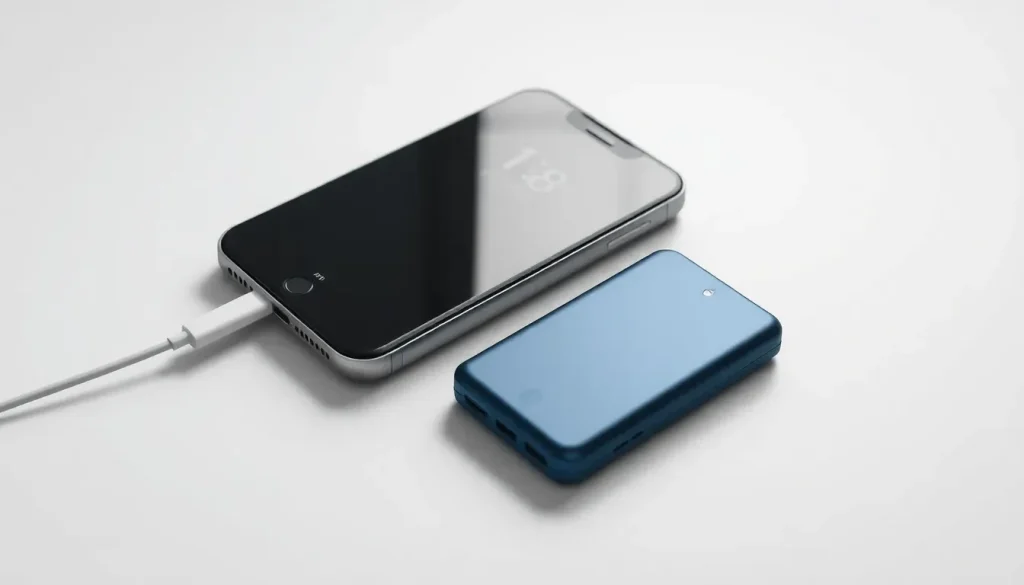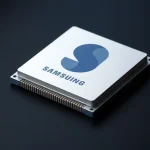Best iPhone Air power bank comparison: Apple MagSafe vs Anker Nano

The iPhone Air is a remarkable device, boasting impressive battery life that caters well to users with light to medium daily usage. However, when you're on the go—especially during travel or long outings—having an external power source can be a game changer. In this context, the importance of power banks becomes apparent, particularly the Apple MagSafe Battery and the Anker Nano. Which one should you choose to keep your iPhone Air charged on your adventures? Let's explore the features and performance of these two popular options.
Design and Build Quality of the Apple MagSafe Battery
The Apple MagSafe Battery is designed with elegance in mind. Constructed from soft-touch plastic, it features a rubbery front plate that adheres smoothly to the back of the iPhone Air. At just 6.5mm thin, it maintains a sleek profile while covering the majority of the phone's back, extending up to the camera plateau. This thoughtful design ensures that it can be attached without removing a Bumper case, enhancing convenience for users who prefer added protection.
One of the standout aspects of the Apple MagSafe Battery is its minimalist interface. It lacks visible buttons or indicators, with only a single LED that briefly illuminates orange or green to indicate the charging status when connected to a power source. This streamlined design speaks to Apple’s philosophy of user-friendly functionality.
When paired with the iPhone Air, users can monitor the MagSafe battery percentage directly via the iOS Batteries widget. Additionally, an exclusive MagSafe lock screen animation offers a touch of personalization, showcasing the seamless integration of hardware and software that Apple is known for.
Anker Nano Power Bank: Features and Design
The Anker Nano, a formidable competitor, is crafted from a similar plasticky material that conveys durability. Its backside features a discreet Anker logo, while necessary regulatory text is printed on one side. The Anker Nano comes in various colors, including black, white, and green, allowing users to select a style that complements their device.
Unlike the Apple option, the Anker Nano includes a power button, which, when pressed, activates a strip of four LEDs. These lights indicate the current charge status in 25% increments, providing a quick visual reference. This feature is particularly handy, as it allows users to check the charge level without needing to connect the power bank to the phone.
With a slightly thicker profile of 8.6mm, the Anker Nano is more compact in width and height compared to the Apple MagSafe Battery. While this might cause a minor alignment issue with the MagSafe magnets, it does not significantly hinder usability in practice, making it a viable alternative for users seeking portability.
Performance Comparison: Charging Efficiency
While magnetic power banks like the MagSafe Battery and the Anker Nano offer convenience by allowing users to attach them to their phones effortlessly, it's essential to consider the efficiency of wireless charging. Wireless charging is generally less efficient than wired methods, with an estimated energy loss of around 30%. This inefficiency could significantly impact how much actual charge is delivered to the iPhone Air.
Apple claims that its MagSafe Battery features specialized software integration designed to optimize charging efficiency. This raises an interesting question: Does the Apple MagSafe Battery outperform the Anker Nano in real-world charging scenarios? Let's delve into testing data to uncover the answer.
While Apple has not disclosed the milliamp hours (mAh) rating of the MagSafe Battery, teardowns have revealed that it contains a 3,149 mAh battery, the same capacity as the iPhone Air itself. In contrast, the Anker Nano boasts a capacity of 5,000 mAh, leading to expectations of longer charge times.
In a controlled test, I drained my iPhone Air to 20% and attached both power banks, allowing them to charge the phone while it remained idle. The results were consistent across multiple trials:
- The Apple MagSafe Battery charged the iPhone from 20% to 84% in approximately 75 minutes.
- The Anker Nano fully charged the iPhone from 20% to 100% before depleting.
This indicates that while the Apple battery is more efficient in its charging method, the Anker Nano ultimately offers more total power. The Anker provided about 16% more charge compared to Apple’s accessory, a figure that underlines its larger capacity. The difference in performance, however, may vary under different conditions, such as warmer ambient temperatures or when charging the phone while it’s in a pocket.
Additional Considerations for Users
When deciding between the Apple MagSafe Battery and the Anker Nano, several factors should be considered beyond just the specifications and performance. Here are some key points to reflect on:
- Price: The Anker Nano is typically priced at about half of what the Apple MagSafe Battery costs, offering excellent value for users.
- Weight: Both power banks are relatively light, but the slight difference in thickness may influence portability preferences.
- Charging while in use: For heavy iPhone users, the ability to keep the phone charged while engaged in other activities is crucial. Both devices provide this capability, but user experience may vary.
- Compatibility: Both batteries are designed to work seamlessly with the iPhone Air, but using them with other devices may yield different results due to varying charging protocols.
- Color options: The Anker Nano offers more variety in color, allowing users to choose a design that matches their aesthetic.
With the iPhone Air and Anker Nano combined, users can achieve greater total battery life than many flagship devices, such as the iPhone 17 Pro Max. This factor could be particularly appealing for travelers or individuals who frequently find themselves away from traditional charging options.
In summary, while both power banks have their strengths, the choice ultimately depends on individual preferences and usage patterns. For a deeper dive into the comparisons and user experiences, you might find this video helpful:




Leave a Reply